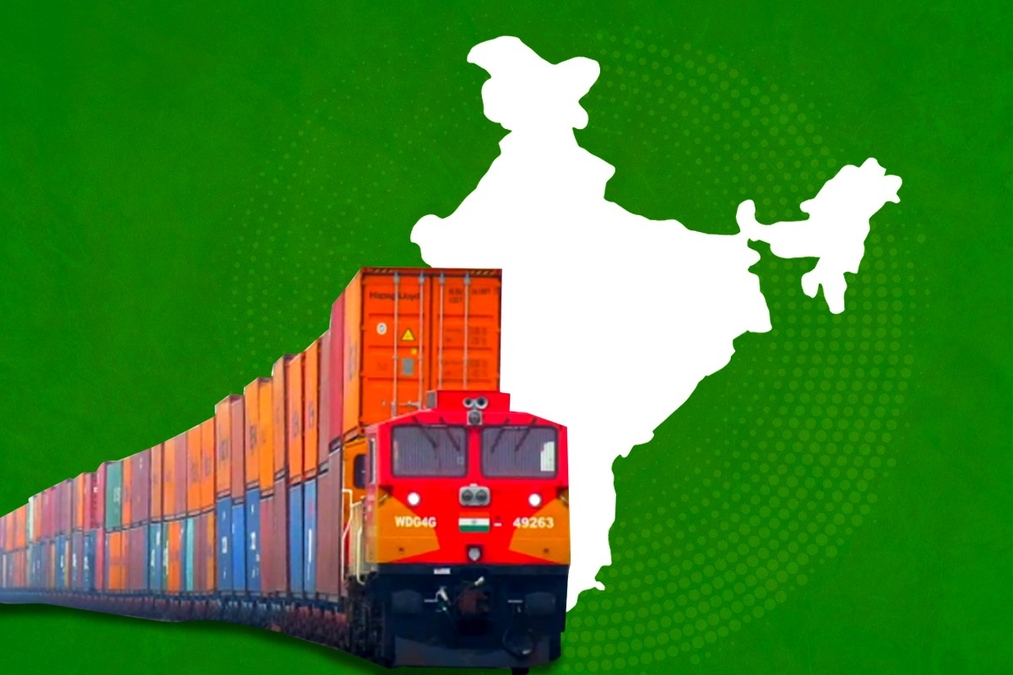Why India Needs Integrated Freight Corridors: A 2025 Outlook
India’s logistics sector is undergoing a transformative shift in 2025, driven by the development of Integrated Freight Corridors (IFCs). These corridors are pivotal in enhancing the efficiency of freight movement, reducing logistics costs, and supporting the nation’s economic growth.World Bank Group
The Imperative for Integrated Freight Corridors
India’s freight transportation has traditionally been fragmented, leading to inefficiencies and increased costs. The need for a cohesive and efficient logistics network has become more pressing with the country’s growing economy and trade volumes.
Key Challenges:
-
High Logistics Costs: India’s logistics costs are estimated at 13-14% of GDP, higher than the global average of 8-10%.
-
Infrastructure Bottlenecks: Inadequate infrastructure leads to delays and increased transit times.
-
Limited Multimodal Connectivity: Lack of integration between different modes of transport hampers efficiency.
Dedicated Freight Corridors: A Step Towards Integration
The Dedicated Freight Corridors (DFCs) are specialized railway tracks designed exclusively for freight trains, aiming to decongest the existing railway network and enhance freight movement.India Seatrade News+2conquerornetwork.com+2Logistics Insider+2
Eastern Dedicated Freight Corridor (EDFC):
-
Length: 1,337 km
-
Route: Ludhiana (Punjab) to Dankuni (West Bengal)
-
Status: Fully operational, handling nearly 200 trains daily. IndraStra Global+1The Economic Times+1
Western Dedicated Freight Corridor (WDFC):
-
Length: 1,506 km
-
Route: Dadri (Uttar Pradesh) to Jawaharlal Nehru Port Trust (JNPT), MaharashtraThe Indian Express
-
Status: 93% complete, with full completion expected by December 2025. The Indian Express
Benefits of Integrated Freight Corridors
1. Enhanced Efficiency:
DFCs allow freight trains to operate at speeds up to 100 km/h, significantly reducing transit times compared to the average 25 km/h on conventional tracks. IndraStra Global
2. Reduced Logistics Costs:
By streamlining freight movement, DFCs contribute to lowering logistics costs, making Indian goods more competitive globally. KPMG+2conquerornetwork.com+2India Shipping News+2
3. Environmental Sustainability:
Shifting freight from road to rail reduces carbon emissions, aligning with India’s sustainability goals.
4. Decongestion of Passenger Lines:
Separating freight and passenger traffic improves punctuality and safety for passenger trains. Press Information Bureau
Integration with National Logistics Policy
The National Logistics Policy (NLP), launched in 2022, aims to create a unified logistics ecosystem. It emphasizes the development of IFCs to enhance multimodal connectivity and reduce logistics costs. Georgetown Journalconquerornetwork.com
Key Initiatives:
-
Unified Logistics Interface Platform (ULIP): A digital platform integrating various logistics services.
-
Multimodal Logistics Parks (MMLPs): Facilities integrating different modes of transport, warehousing, and value-added services.
Future Outlook
With the completion of DFCs and the implementation of NLP, India is poised to revolutionize its logistics sector. These developments are expected to:
-
Boost Economic Growth: Efficient logistics will enhance trade and attract investments.
-
Promote Regional Development: Improved connectivity will spur industrial growth in various regions.
-
Enhance Global Competitiveness: Reduced logistics costs will make Indian products more competitive in international markets.
Conclusion
Integrated Freight Corridors are central to transforming India’s logistics landscape. By addressing existing challenges and aligning with national policies, they hold the promise of propelling India towards a more efficient and sustainable future in freight transportation.
References:
